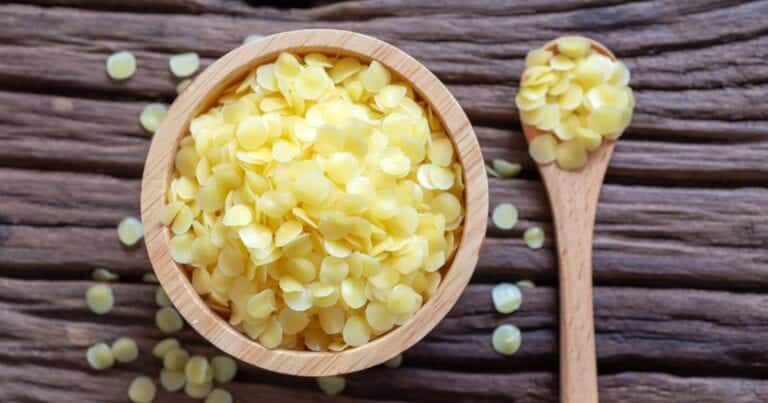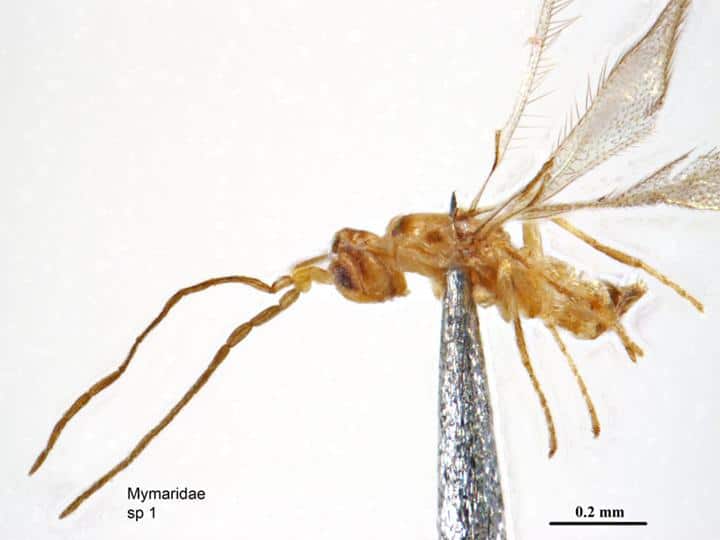Varroa: A Personal Viewpoint
I’ve been rather vocal recently about the current varroa incursion first detected in
Newcastle on 22 June. As a result, this has stimulated considerable conversation and discussion. This inevitably creates greater awareness, which was part of the overall intention.

Those connected to the beekeeping industry across Australia understand what’s going on, but the general public needs to be acquainted with the magnitude of the threat posed by Varroa destructor in the wider sense.
As you all know I am extremely passionate about bees and their welfare around the world, but particularly right here in our own backyard.
Coincidentally, this year marks the 200th anniversary of the successful establishment of the European honey bee (Apis mellifera) in Australia.
The bees arrived in 1822 aboard the Isabella, a merchant ship also charged with
transporting 200 convicts to the fledgling colony in New South Wales – none of whom, incidentally, died en route, which must have been something of a record at the time.
In Australia, we enjoy the healthiest bees and the purest unique varieties of honey imaginable.
Kangaroo Island, for example, now boasts the last genetically pure strain of Ligurian bee in the world, and Ligurian bee honey from the island has been promoted as a candidate for inclusion in the ‘Ark of Taste’, an international catalogue of endangered heritage foods.
There is so much at risk; an industry based around the honey bee that is worth nearly $150 million per year, and a total of more than $14 billion of agriculture that is dependent on commercial pollination.
Australia is the second biggest almond producer in the world, with a crop that’s soon set to be worth more than $1 billion per year. Almonds are nearly wholly
reliant on bees for pollination, and the season commences in a few short weeks in the almond orchards along the Murray.
A total of around 300,000 hives are usually trucked from all over
southeast Australia for this event, and it will be a tragedy for growers and their communities if this cannot happen – not to mention a serious loss of income for beekeepers.
To my knowledge, no country has been able to successfully eradicate Varroa destructor after arrival – with the exception of the single colony detected in the Port of Melbourne in June 2018.
Don’t get me wrong, I don’t have all the answers. And to be frank, I’m glad that I’m
not charged with controlling and eliminating this insidious pest.
No doubt AHBIC and the NSW DPI are doing their absolute best to eradicate the mite incursion, but they will be under intense pressure, and given the enormity of the task, resources will be stretched thin.
I do know we all need to work together; it’s likely that we have only a very limited window in which to destroy the mites, and if we fail then we should do so confident that we gave it our best.
We can all do our bit; beekeepers should be mindful of and ensure they observe all
relevant restrictions and regularly test their colonies where appropriate. All hives should be registered with the authorities, and untended or abandoned hives reported.
If you would like to contribute but are wondering how to do so, I have set up a crowdfunding campaign, with all proceeds to go directly to the Australian Honey Bee Industry Council to help ‘fight the mites’.
If we are ultimately forced to concede that we must live with the mites, the battle will move into a new phase. The commercial beekeeping industry and hobbyists alike will require aid in the form of planning, education, the provision of the best available control strategies and financial assistance.
No one can deny the threat posed by Varroa destructor, or its profound influence on the decline of bees around the globe. No, I don’t have all the answers, and I don’t have a crystal ball.
Hopefully, we can successfully eliminate this incursion.



